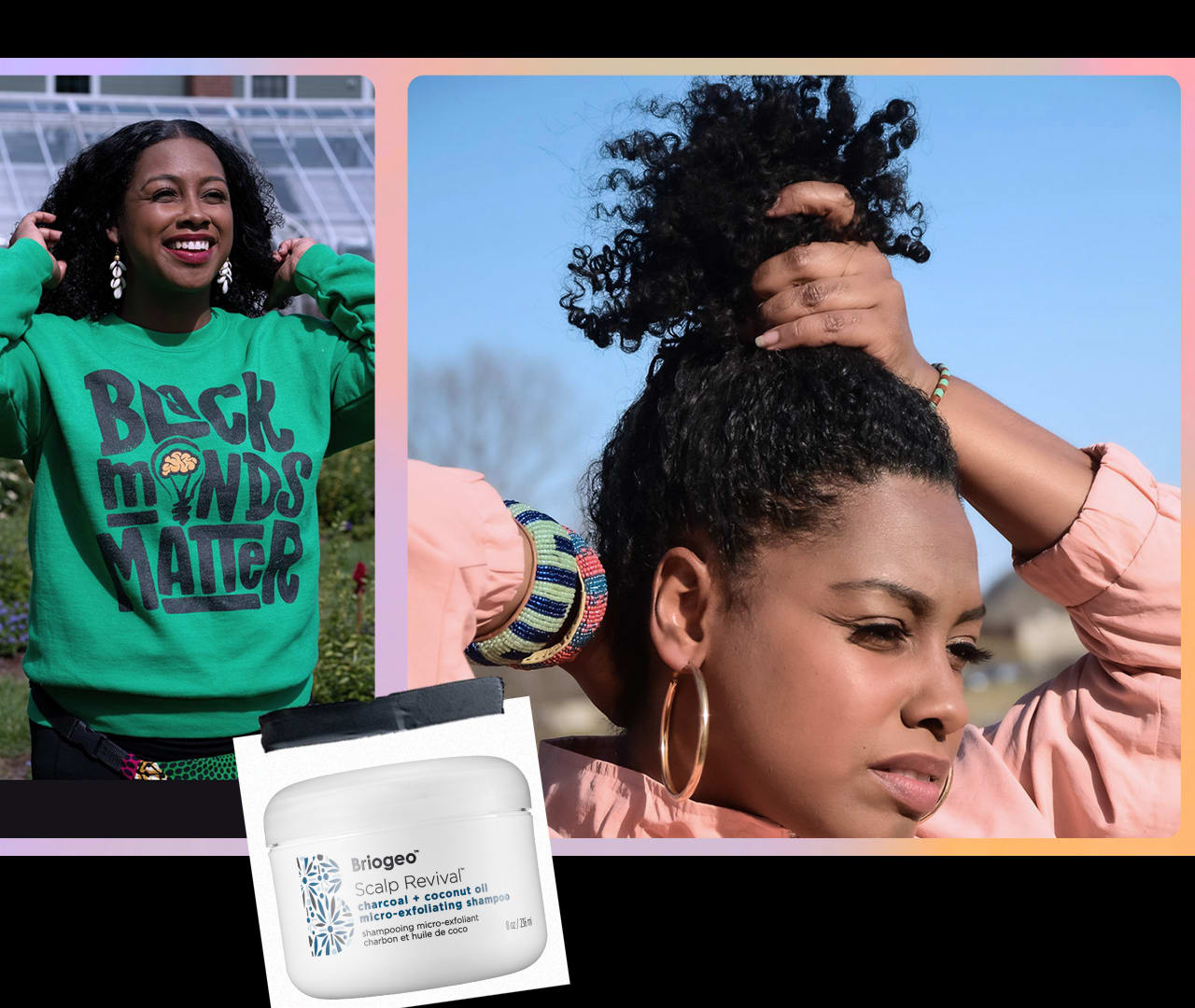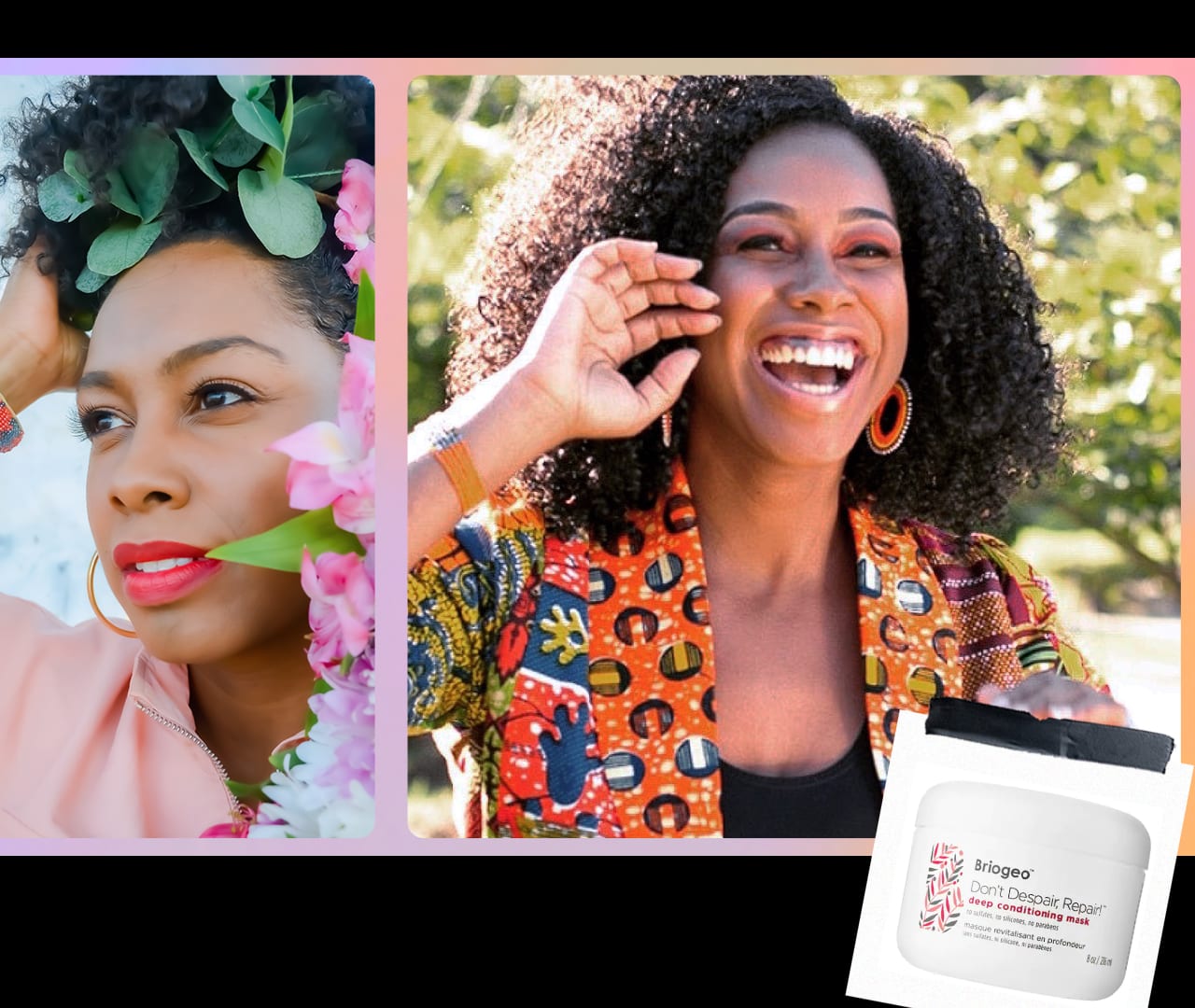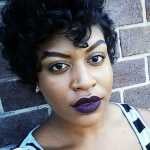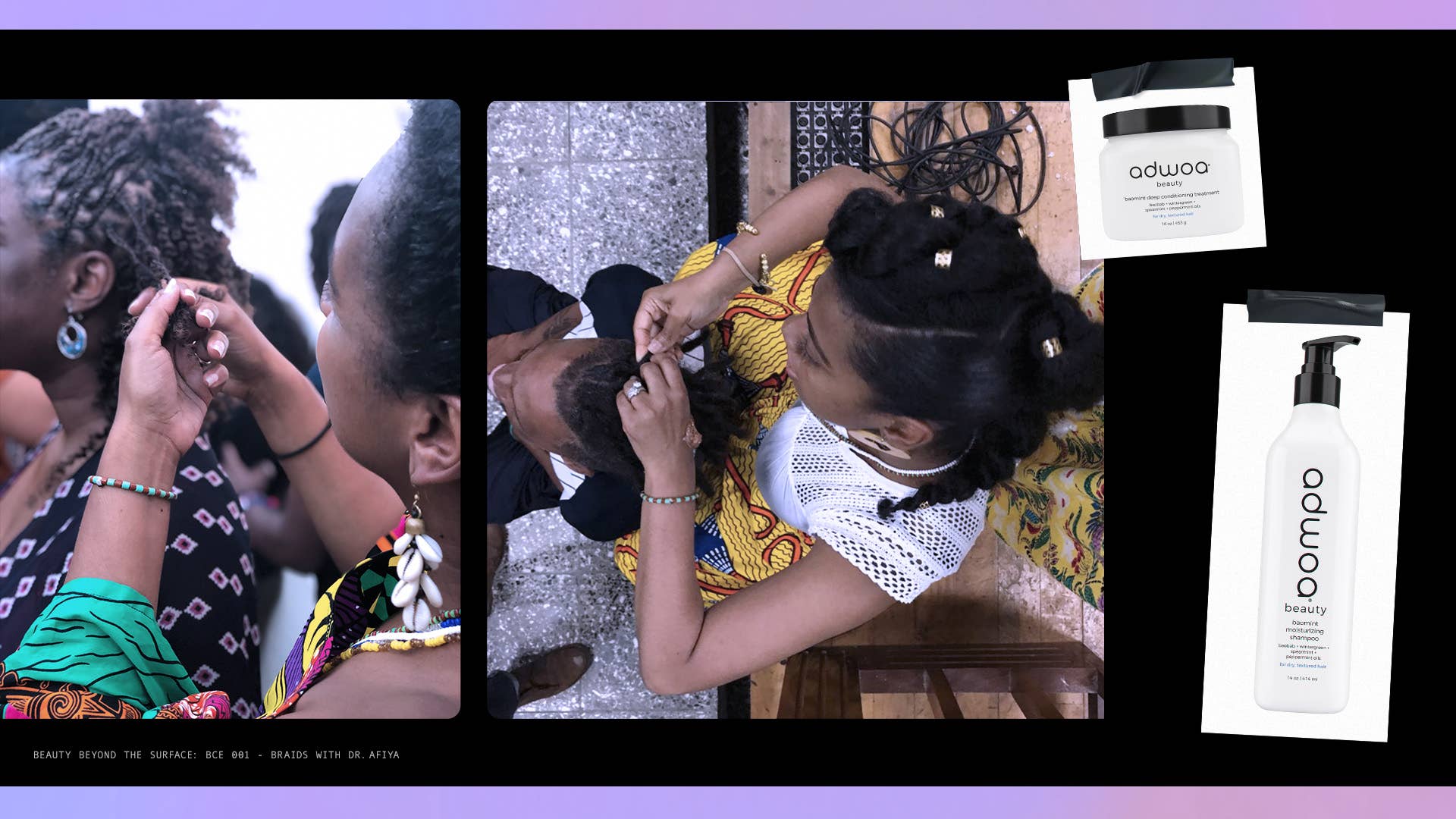
Braids have been a celebrated hairstyle within the Black community for centuries. Consider the African goddess of cosmetology Oshun, early cave paintings or Egyptian mummies discovered in pyramids thousands of years later, all with braids! It’s clear the style has always been foundational, functional, and even regal. No wonder it’s a classic style that stands the test of time for Black women across the Diaspora!
Dr. Afiya Mbilishaka, a clinical psychologist and natural hair stylist, notes that braids have taken quite the journey since its divine beginnings. Depending upon the American plantation, enslaved people were allowed one day a week for grooming. They came to rely on braids as a style that could protect their hair and last for days under hats and scarves until they were permitted to groom again, Dr. Mbilishaka explains.
The fact is braids remain so popular because the possibilities are endless!
As time and culture evolved, braids became one of the first age-appropriate hairstyles a young Black girl could have and thus the first, formative introduction to beauty, style, and identity. Today, braids retain their status as a go-to protective style, one that meets the needs of women of all ages in need of a look that’s low maintenance, beautiful, versatile, and can cut down on time from daily styling.
Dr. Afiya, who splits her time between New York and D.C., adds that braids are also considered a protective style because they allow the oldest parts of the hair to be tucked away, which prevents excessive shedding or breakage due to over manipulation. And in the summer when many people tend to lead more active lifestyles and are subject to heat, humidity, and sweat, braids protect from environmental damage and even chlorine from certain water-based activities.

But braids should not be installed without a clean, healthy scalp as the foundation. Thankfully, all consumers have to do is travel to their nearest Sephora and the choice of products, many founded by Black women, are endless!
Products like Adwoa Beauty’s Baomint Deep Conditioning Treatment and Moisturizing Shampoo, contain ingredients such as peppermint and baobab oils, as well as aloe leaf juice, which help prioritize a healthy scalp. Dr. Afiya says a rule of thumb for distinguishing safe products is being able to pronounce the ingredients (or at least what’s in the parenthesis) because this shows they’re derived from a plant-based product. Ideally, plant-based equals more natural, which is healthiest for Black hair.
“Aloe is great in terms of its anti-inflammatory properties, and baobab oil also has that,” she says. “Peppermint oil can stimulate blood flow in the scalp, which can be really good when you have braids where you’re not getting enough manipulation sometimes of your hair follicles.”
Black women have proudly and stylishly donned them for generations, because they represent Black women’s agency to define beauty for themselves.
Briogeo, another Black women-led brand that can be found in the makeup megastore serves to maintain the health of Black hair and scalp with products such as its Scalp Revival Charcoal + Coconut Oil Micro-Exfoliating Shampoo, and the Don’t Despair Repair! Deep Conditioning Mask. The brand boasts no silicones, parabens, or sulfates — unnatural ingredients that Dr. Afiya says can be disruptive to the endocrine system.

Braids don’t endure as a protective style only because they’re functional and versatile, but also because they look damn good! Dr. Afiya likens the process of braiding to creating art, as their hands translate the designs in their imagination onto a person’s actual head of hair.
“I think one of the cool things about braids is that once you have braids, you can still put other styles with it, right? It can be up, down, you can braid the braids,” Dr. Afiya says with a laugh. “It’s interesting because sometimes I’ll go into braids already having a clear image of what I want to create, but other times there’s unpredictable aspects [such as] just sort of letting my hands lead or shaping the braids to someone’s unique head, but that still can result in a masterpiece.”
She goes deeper: “As a research scientist, I even find braids to be quite mathematical and scientific in terms of the parting approach to our fractals, to just even being able to count and measure the process.”
The fact is braids remain so popular because the possibilities are endless! The term itself is a catchall that encompasses a multitude of styles, including cornrows, box braids, goddess braids, Fulani braids, “Iversons” named after NBA All-Star Allen Iverson, and even yet-to-be-named creations being cooked up in the hood, where trends originate before being transmitted around the globe.
Despite the mainstream’s mutable acceptance of braids, Black women have proudly and stylishly donned them for generations, because they represent Black women’s agency to define beauty for themselves. We celebrate our braids, adorning them with beads, barrettes, and shells. We display them, framing our braids with intricate baby hair designs to finish the look. We revere them as an ancestral expression of our racial identity. And just as important — we have fun with our braids because they’re a playful, beautiful style!

